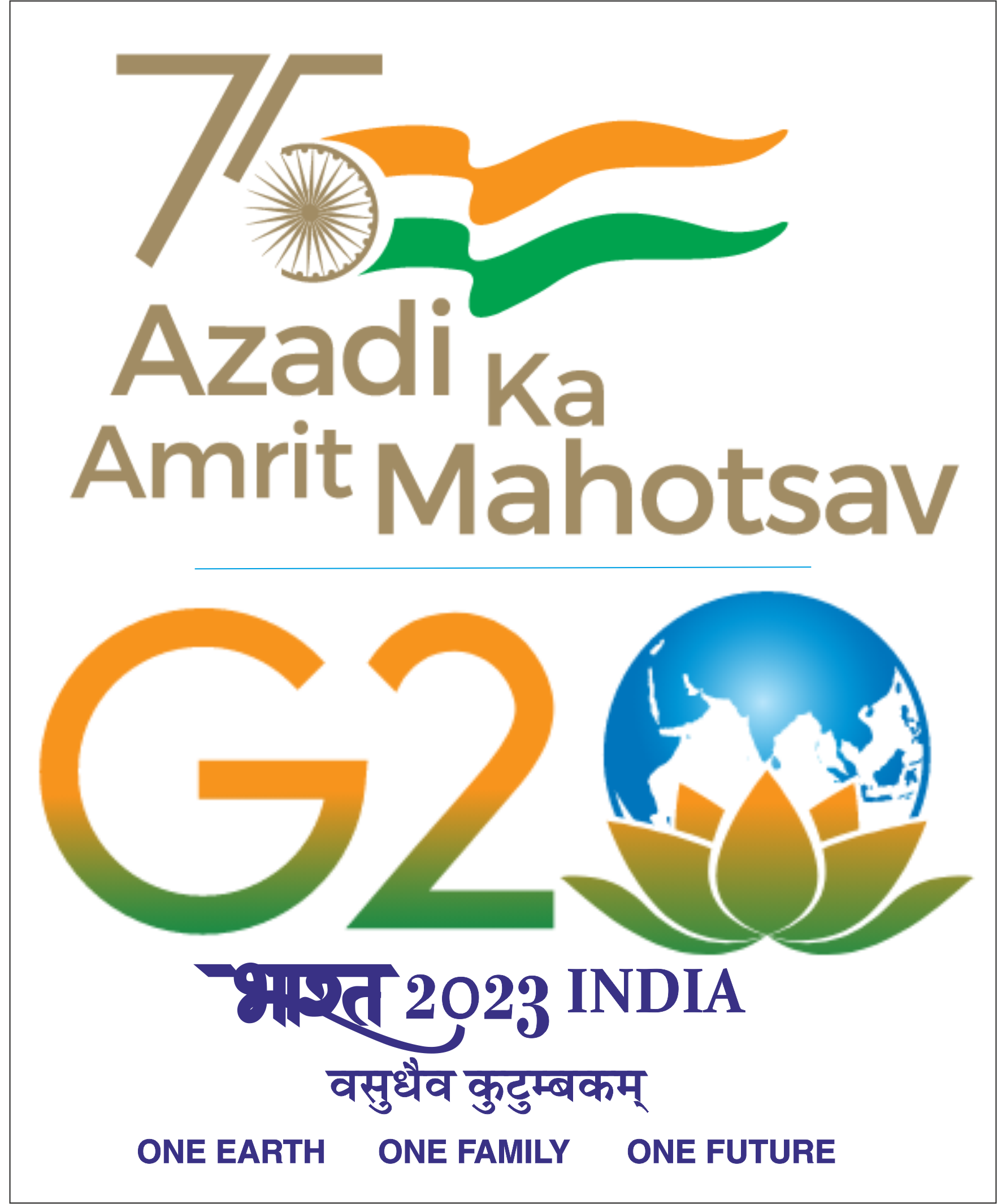Ms. Namrata Sankhla will present her APS as per the detail below:
Date: 27th February 2024 (Tuesday)
Time: 1130 - 1300 hrs.
Venue: CTARA Conference Room No. 1
Title: Integrated modelling to strengthen surface and groundwater governance in semi-arid regions of Rajasthan
Guide: Prof. Parmeshwar D. Udmale
RPC Members: Prof. Priya Jadhav, Prof. T I Eldho
Abstract
Water plays a crucial role in sustaining life, ecological balance, well-being, and socio-economic progress. The United Nations Agenda 2030 prioritizes access to clean water and sanitation. Target 6.4 aims to enhance water use efficiency and sustainability, reducing water scarcity by 2030. The UN SDG Report 2023 shows 2.2 billion people lack safe drinking water. Severe water scarcity affects about 50% of the global population annually. WRI 2020 reports that India faces high water stress, with water availability below 1200 m3/capita/year. In the country, groundwater accounts for 62% of irrigation water, serving as a primary source for irrigation and domestic supply. Unsustainable groundwater extraction and use is a significant issue majorly in India’s arid and semi-arid regions, where surface water is scarce. CGWB report 2023 identifies the northwestern part of the country Punjab, Haryana, Western U.P. and Delhi as more over-exploited and the western part, Rajasthan, and Gujarat, as more stressed on groundwater resources due limited recharge and the semi-arid climate. In these regions more than 40 m bgl depth to water level has been observed over the past decade.
Rajasthan, part of Thar desert faces severe water scarcity, limited renewable freshwater resources, has 1.16% share in India’s surface water resources. The western region is most affected by aridity and minimal rainfall which varies from 250 mm to 650 mm per year. Expanding agriculture strains limited freshwater resources in the state, shifting the state's dependency on groundwater and leading to excess groundwater withdrawal (stage of groundwater development is 148.17% in 2023). Districts in the arid and semi-arid zones are more water-scarce and over-exploited. Past studies primarily focus on surface water and groundwater individually, while understanding the integration of surface water and groundwater is crucial for sustainable water resource management. Numerical modelling can effectively assess groundwater availability and help future demand management strategies. Understanding the integration of surface water and groundwater is crucial for sustainable water resource management. Numerical modelling can effectively assess groundwater availability and help future demand management strategies.
In this background, proposed research aims to assess water availability by setting up surface water and groundwater flow models in the western Rajasthan. The availability, access, utilization, and stability of surface water and groundwater in significant sectors like agricultural, industry, and domestic sectors will be analysed. The study also aims to explore potential challenges and opportunities in strengthening surface and groundwater governance in Rajasthan. The methodological framework developed for the proposed study will be applied to the Luni River Basin which is characterized by spatially variable monsoon rainfall (varies 250 mm to 600 mm) where groundwater is overexploited due to high demands. The findings from the study are expected to provide valuable insights for enhancing water resource management based on evidence-based decision making.





